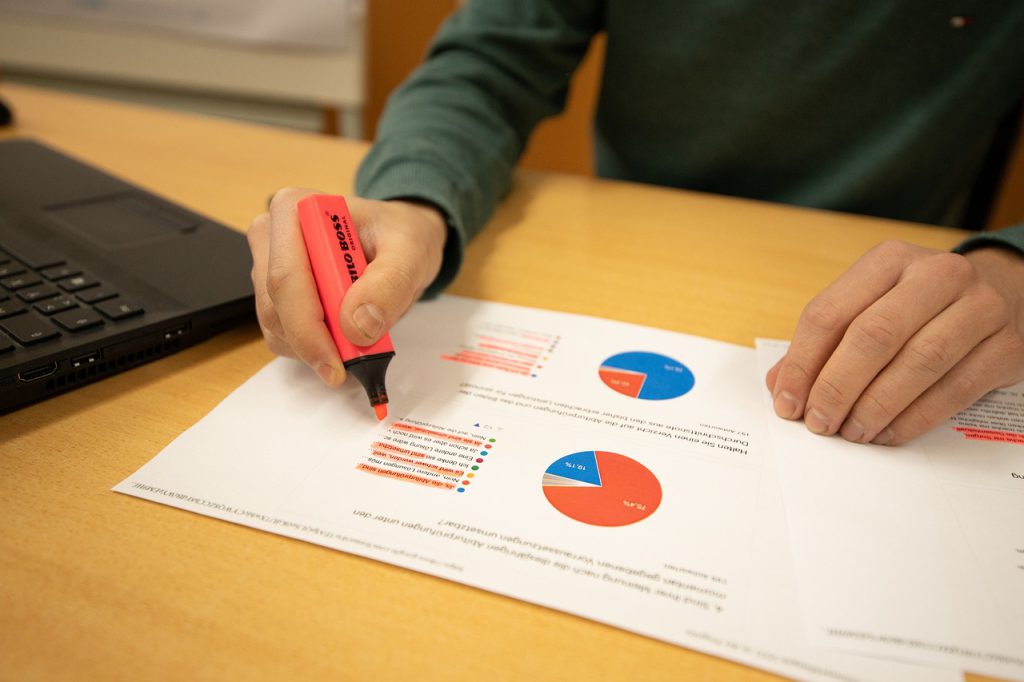
Become a Data Analyst
Basic Tools Required to Become a Hero
In today’s data-driven world, the role of a data analyst has become increasingly crucial for organizations across various industries. Data analysts are responsible for extracting insights from large datasets, transforming them into meaningful information, and making data-driven recommendations. If you’re aspiring to become a data analyst, it’s essential to equip yourself with the right tools to excel in this field. In this article, we will explore the basic tools required to go from zero to hero in data analysis and answer some common questions beginners may have.

What tools do I need to know to Become a Data Analyst?
- Spreadsheet Software: A good starting point for any aspiring data analyst is to become proficient in spreadsheet software such as Microsoft Excel or Google Sheets. These tools provide a user-friendly interface for data manipulation, basic calculations, and visualizations.
- Programming Languages: Familiarity with programming languages like Python or R is crucial for data analysis. These languages offer powerful libraries and frameworks for data manipulation, statistical analysis, and visualization. Additionally, they provide the flexibility to automate repetitive tasks and work with large datasets efficiently.
- SQL (Structured Query Language): SQL is a fundamental skill for data analysts. It is used to communicate with relational databases and perform various tasks such as data retrieval, filtering, aggregation, and joining. Understanding SQL enables analysts to extract valuable insights from databases efficiently.
- Data Visualization Tools: Being able to present data effectively is a crucial skill for a data analyst. Tools like Tableau, Power BI, or Python libraries such as Matplotlib and Seaborn help create visualizations and interactive dashboards to communicate insights and findings to stakeholders.
- Statistical Analysis Tools: Understanding statistics is vital for analyzing and interpreting data accurately. Tools like IBM SPSS, SAS, or Python libraries such as NumPy and SciPy provide a wide range of statistical functions and techniques to explore and analyze data.
What is the basic need for data analysis?
The basic need for data analysis is the ability to collect, organize, and analyze data to derive meaningful insights. Data analysts play a crucial role in helping organizations make informed decisions by providing insights and recommendations based on their analysis. They work with large volumes of data, identify patterns, detect trends, and draw conclusions to support business strategies, solve problems, and optimize processes.
How do I start as a data analyst for beginners?
Starting a career as a data analyst can seem daunting, but with the right approach, you can set yourself up for success. Here are some steps to get started:
- Develop a Strong Foundation: Begin by gaining a solid understanding of data analysis concepts, statistics, and mathematical principles. Online courses, tutorials, and textbooks are excellent resources to help you grasp the fundamentals.
- Master Spreadsheet Software: Invest time in learning and becoming proficient in spreadsheet software such as Microsoft Excel or Google Sheets. These tools will be your starting point for data manipulation, analysis, and visualization.
- Learn a Programming Language: Choose a programming language like Python or R and become comfortable with its syntax and data analysis libraries. Online platforms, coding boot camps, and tutorials can guide you through the learning process.
- Understand SQL: Acquire a working knowledge of SQL, as it is an essential tool for querying and manipulating data in relational databases. Practice writing SQL queries to retrieve and analyze data effectively.
- Gain Practical Experience: Apply your knowledge by working on real-world projects or participating in internships. Utilize publicly available datasets or collaborate with others to gain hands-on experience in data analysis.
- Learn Data Visualization: Familiarize yourself with data visualization tools like Tableau or Power BI. Create visualizations that effectively communicate your findings and insights.
- Stay Curious and Continuously Learn: Data analysis is a rapidly evolving field. Stay updated with the latest trends, tools, and techniques. Engage with online communities, attend workshops, and participate in online courses to enhance your skills.
Is SQL a data analysis tool and do I need it to learn SQL to Become a Data Analyst?
SQL, although primarily a database query language, is indeed an essential tool for data analysis. It allows data analysts to extract, filter, aggregate, and join data from relational databases. By using SQL, analysts can access large datasets efficiently and perform complex data manipulations required for analysis. While SQL itself may not provide advanced statistical functions or visualization capabilities, it is a foundational skill that complements other data analysis tools and techniques.
In conclusion, becoming a proficient data analyst requires a combination of technical skills, including spreadsheet software, programming languages, SQL, data visualization tools, and statistical analysis tools. By mastering these tools and continuously learning and practising, you can embark on a successful journey from zero to hero in the field of data analysis. So, embrace the power of data, and let your analytical skills shine!














